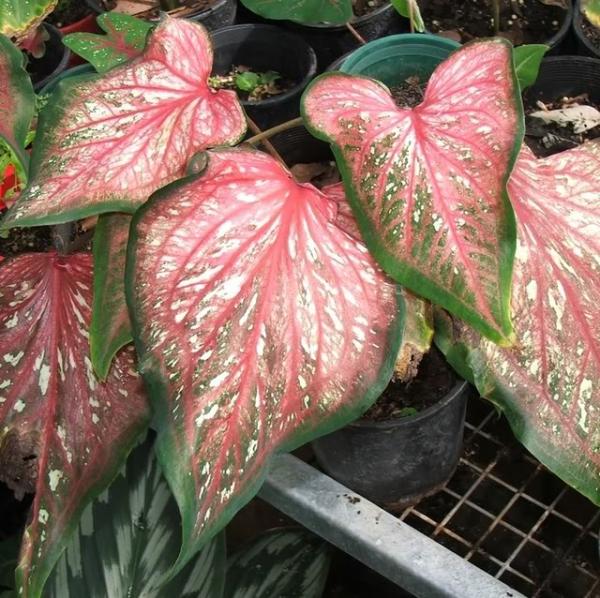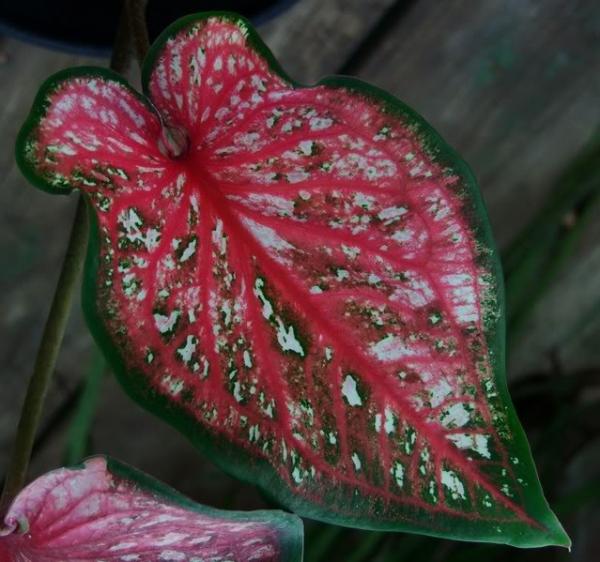Array
(
[0] => Array
(
[id] => 448
[is_published] => 1
[websiteID] => 5
[url] => /diy/diy-paving.php
[page_status] => Published
[number_of_ads] => 12
[can_use_editor] => 1
[last_modified_date] => 2013-09-15 00:00:00
[last_modified_by] => Alan
[checked_for_duplicate_content] =>
[title] => DIY Paving in 4 easy steps
[heading] => DIY Paving in 4 easy steps
[meta_description] => Paving is not as hard as you may think. Here are four easy steps to creating a paved courtyard.
[article_category_1] => DIY
[article_category_2] =>
[article_category_3] =>
[article_category_4] =>
[article_category_5] =>
[business_category_1] => Landscaper
[business_category_2] =>
[business_category_3] =>
[business_category_4] =>
[business_category_5] =>
[number_of_google_mrecs] =>
[show_google_ad_bottom_of_page] =>
[show_get_quotes_top_of_page] =>
[show_get_quotes_rhs_of_page] =>
[show_directory_search_widget] =>
[show_trending_content_widget] =>
[show_facebook_widget] =>
[show_further_reading_section] => 1
[show_sponsors_section] => 0
[show_top_article_ad] => 1
)
[1] => Array
(
[id] => 202
[is_published] => 1
[websiteID] => 5
[url] => /gardening/native-grasses-dianellas-and-lomandras.php
[page_status] => Published
[number_of_ads] => 5
[can_use_editor] => 1
[last_modified_date] => 2013-09-16 00:00:00
[last_modified_by] => Alan
[checked_for_duplicate_content] =>
[title] => Native grasses and friends
[heading] => Native grasses and friends
[meta_description] => An exciting thing is happening in the world of Australian plants. Wild species that have tantalised gardeners in the past are now being improved to create a diverse palette of new varieties that offer all kinds of advantages. In particular, the necessity for water-wise, low maintenance gardens has inspired interest in plants that can be used as ground covers that will not only suppress weeds and erosion but also look fantastic.
[article_category_1] => Gardening
[article_category_2] =>
[article_category_3] =>
[article_category_4] =>
[article_category_5] =>
[business_category_1] => Landscaper
[business_category_2] => Nursery
[business_category_3] => Garden Designer
[business_category_4] => Landscape Architect
[business_category_5] =>
[number_of_google_mrecs] =>
[show_google_ad_bottom_of_page] =>
[show_get_quotes_top_of_page] =>
[show_get_quotes_rhs_of_page] =>
[show_directory_search_widget] =>
[show_trending_content_widget] =>
[show_facebook_widget] =>
[show_further_reading_section] => 1
[show_sponsors_section] => 0
[show_top_article_ad] => 1
)
[2] => Array
(
[id] => 196
[is_published] => 1
[websiteID] => 5
[url] => /gardening/grevilleas-for-cold-climates.php
[page_status] => Published
[number_of_ads] => 5
[can_use_editor] => 1
[last_modified_date] => 2013-09-16 00:00:00
[last_modified_by] => Alan
[checked_for_duplicate_content] =>
[title] => Grevilleas for Cold Climates
[heading] => Grevilleas for Cold Climates
[meta_description] => Live in a colder part of Australia. These grevilleas for can handle it.
[article_category_1] => Gardening
[article_category_2] =>
[article_category_3] =>
[article_category_4] =>
[article_category_5] =>
[business_category_1] => Landscaper
[business_category_2] => Nursery
[business_category_3] => Garden Designer
[business_category_4] => Landscape Architect
[business_category_5] =>
[number_of_google_mrecs] =>
[show_google_ad_bottom_of_page] =>
[show_get_quotes_top_of_page] =>
[show_get_quotes_rhs_of_page] =>
[show_directory_search_widget] =>
[show_trending_content_widget] =>
[show_facebook_widget] =>
[show_further_reading_section] => 1
[show_sponsors_section] => 0
[show_top_article_ad] => 1
)
[3] => Array
(
[id] => 489
[is_published] => 1
[websiteID] => 5
[url] => /articles/bio-swimming-pools.php
[page_status] => Published
[number_of_ads] => 3
[can_use_editor] => 1
[last_modified_date] => 2013-09-10 00:00:00
[last_modified_by] => Alan
[checked_for_duplicate_content] =>
[title] => Bio Pools or Natural Swimming Pools
[heading] => Bio Pools
[meta_description] => Bio pools or Natural Swimmming Pools are an attractive & environmentally-friendly alternative to traditional swimming pools.
[article_category_1] => Landscaping
[article_category_2] =>
[article_category_3] =>
[article_category_4] =>
[article_category_5] =>
[business_category_1] => Landscaper
[business_category_2] => Nursery
[business_category_3] => Garden Designer
[business_category_4] => Landscape Architect
[business_category_5] => Builder
[number_of_google_mrecs] =>
[show_google_ad_bottom_of_page] =>
[show_get_quotes_top_of_page] =>
[show_get_quotes_rhs_of_page] =>
[show_directory_search_widget] =>
[show_trending_content_widget] => 0
[show_facebook_widget] =>
[show_further_reading_section] => 1
[show_sponsors_section] => 0
[show_top_article_ad] => 1
)
)
Helpful articles
DIY Paving in 4 easy steps. Paving is not as hard as you may think. Here are four easy steps to creating a paved courtyard.
Native grasses and friends. An exciting thing is happening in the world of Australian plants. Wild species that have tantalised gardeners in the past are now being improved to create a diverse palette of new varieties that offer all kinds of advantages. In particular, the necessity for water-wise, low maintenance gardens has inspired interest in plants that can be used as ground covers that will not only suppress weeds and erosion but also look fantastic.
Grevilleas for Cold Climates. Live in a colder part of Australia. These grevilleas for can handle it.
Bio Pools. Bio pools or Natural Swimmming Pools are an attractive & environmentally-friendly alternative to traditional swimming pools.
Plant description
Caladium 'Lance Wharton' is a smaller, full variety of caladium, with speckled with pink and green leaves with a red centre vein. It is tolerant of more sun than other caladium varieties. Caladiums are tropical plants grown for their beautiful foliage. They grow from an underground corm that dies down in winter, and will resprout in spring. They can be grown as pot plants, as a specimen plant or as massed colour for shaded tropical or sub-tropical areas. In cooler areas they can be grown in greenhouses, patios or indoors, or if grown in the garden, they can be lifted as they die down and replanted in spring.
Caladiums like warmth and humidity, and protection from full sun. They should have regular watering to keep the soil moist, but over watering can lead to rotting of the corm. Regular fertilising with half strength liquid fertiliser will give sturdy growth.
Propagation is by offsets from larger corms.
All parts of the plant are poisonous and should not be ingested.
Additional plant information
Flowers
Flower colour: not specified
Flowering season: not specified
Plant size
Maximum height: 0.4 metres
Minimum height: not specified
Maximum width: 0.4 metres
Minimum width: not specified
Sunlight, frost & salt tolerance
Will tolerate partial sunlight.
Light frost tolerance.
Plant is not salt tolerant.
Fauna attracting?
Not specified.
Climate
This plant species will grow in the following climates: temperate, tropical.
Soil types & conditions
Loam: moist, well-drained.
Clay: not specified.
Sand: moist.
Miscellaneous information
Planting season: Late winter to early spring.
Types of fertiliser: Half strength liquid fertiliser applied regularly through the warmer months.
Find a nursery
Search for another plant


